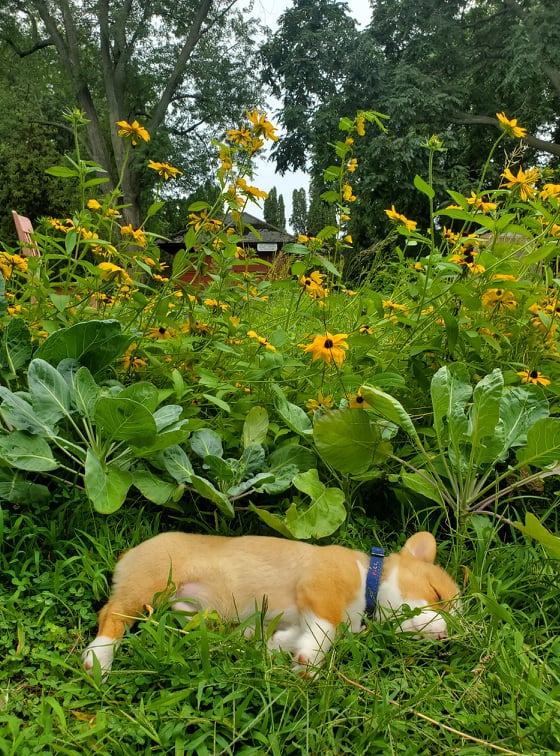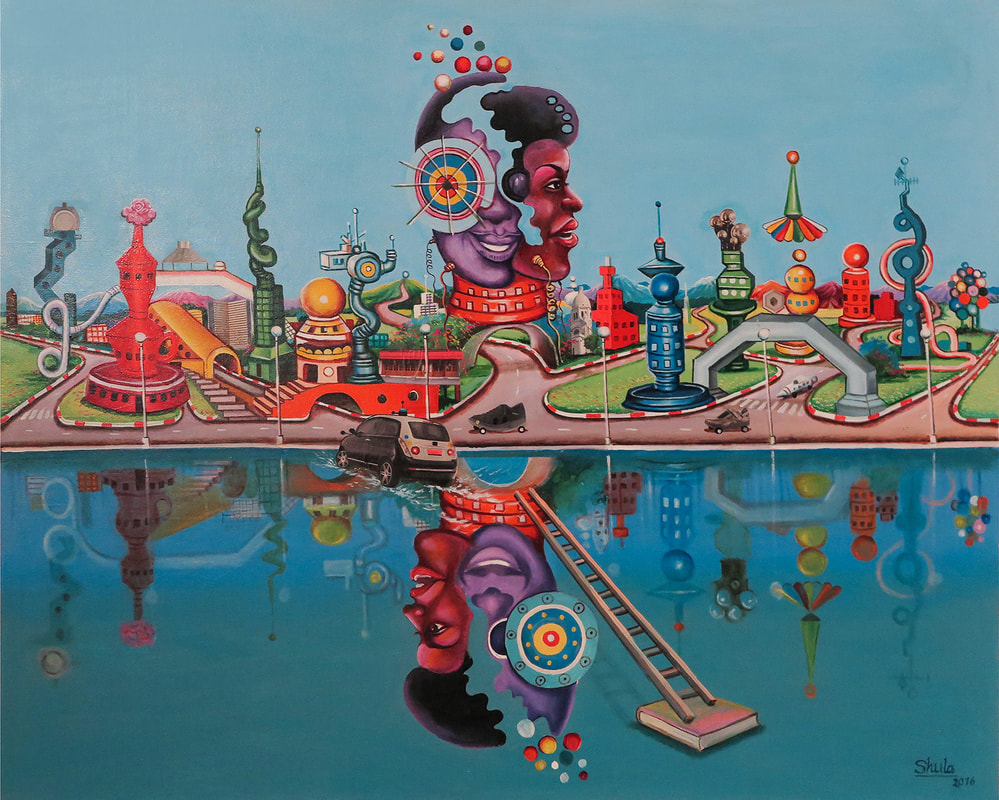by Philip Monte Verde
Two chipmunks - growing fat off of the ripped bag of striped sunflower seeds - stood frozen on their hind legs watching. So too frozen was the rabbit - who so too grown plump, this one on my tomatoes and squash leaves. For the puppy, this was a nothing event. A moment in his pampered life to sniff the ground, pee, and maybe find a stick to chew on.
For the other mammals it was yet another moment of terror. 'Is this finally the end? Is that dog (or that human) the great nightmare, the swinger of the sickle that I have always somehow known was coming?"
The wild animal lives every day in anxiety and hyper-vigilance. They gorge themselves at every opportunity, not knowing if it is the last chance for a while or for an ever. But that house pet, he's just fine. He's a good boy, everybody tells him so. For him the home is always warm, snuggles are abundant, and the food dish is always full.
What need would he have to know what surrounds him?
Two chipmunks - growing fat off of the ripped bag of striped sunflower seeds - stood frozen on their hind legs watching. So too frozen was the rabbit - who so too grown plump, this one on my tomatoes and squash leaves. For the puppy, this was a nothing event. A moment in his pampered life to sniff the ground, pee, and maybe find a stick to chew on.
For the other mammals it was yet another moment of terror. 'Is this finally the end? Is that dog (or that human) the great nightmare, the swinger of the sickle that I have always somehow known was coming?"
The wild animal lives every day in anxiety and hyper-vigilance. They gorge themselves at every opportunity, not knowing if it is the last chance for a while or for an ever. But that house pet, he's just fine. He's a good boy, everybody tells him so. For him the home is always warm, snuggles are abundant, and the food dish is always full.
What need would he have to know what surrounds him?



